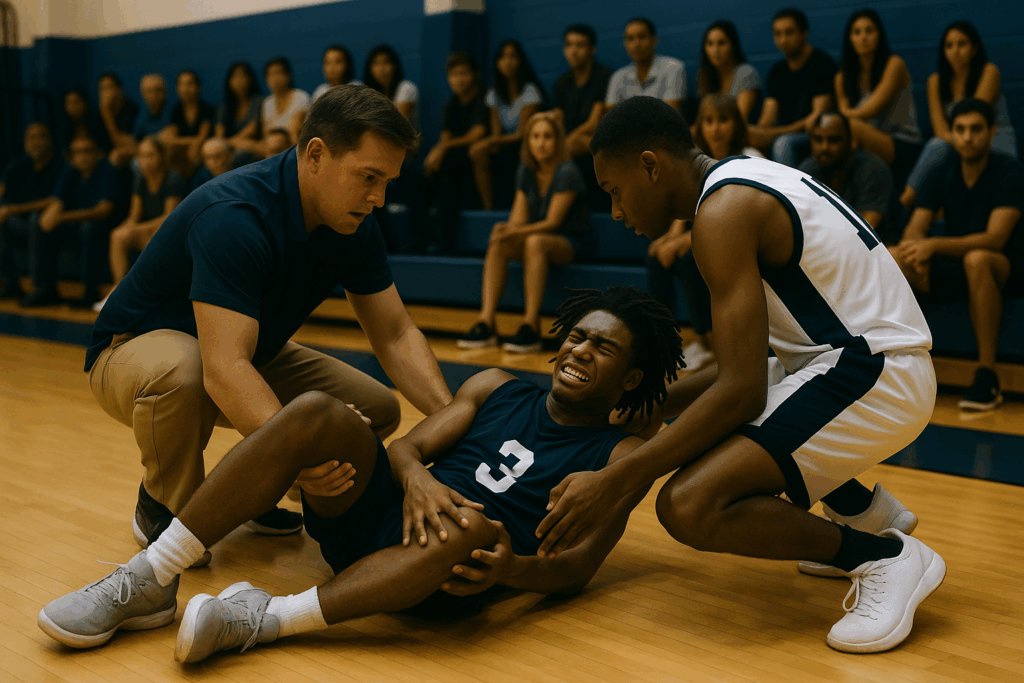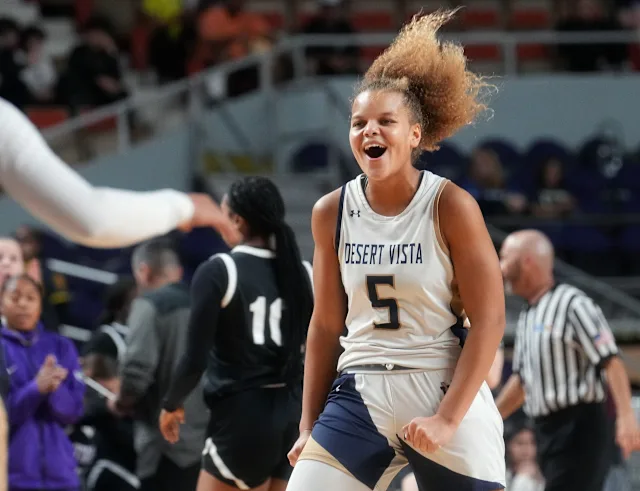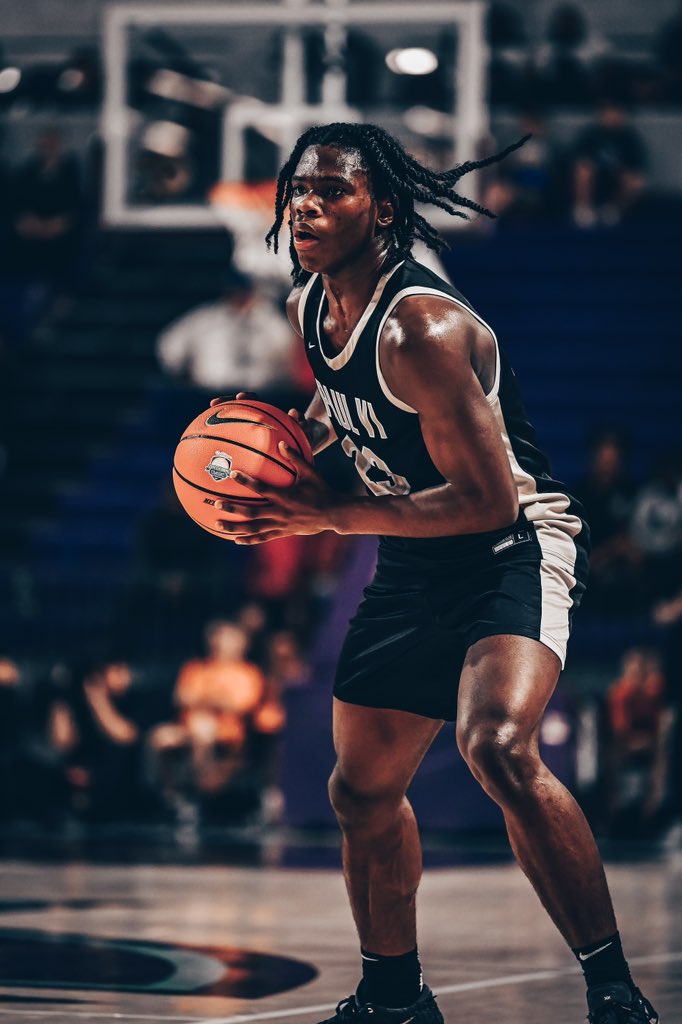As NBA stars fall to major injuries, we examine how intense workloads and early specialization in youth sports could be fueling the crisis.
By Simone Fields
Editorial Contributor, Elite Sports Connect
Published: July 6, 2025
WASHINGTON, DC — The names read like an All-Star roster: Jayson Tatum, Tyrese Haliburton, Damian Lillard. Each of them battled some form of Achilles-related injury this season — and they’re not alone.
As the NBA navigates a growing list of lower-leg injuries to its most marketable players, a deeper conversation is emerging beneath the surface: Are today’s young athletes being pushed toward wear-and-tear too early?
And if so, what can be done before more bodies — and futures — break down?
Overtraining Begins at 12
Sports medicine professionals are sounding the alarm. “We’re seeing 14- and 15-year-olds with wear patterns we used to associate with 30-year-old pros,” said Dr. Amara Knox, a physical therapist who works with elite youth basketball players in the Midwest. “It’s not just one thing. It’s year-round play, lack of cross-training, and no real rest.”
The culprit, many say, is early specialization — the now-common trend of athletes choosing one sport by middle school and training intensely year-round, often on multiple teams at once.
By 17, some top basketball prospects have already played hundreds of high-level games — often without adequate strength training, physical therapy, or load monitoring.
Youth Programs Without Load Management
In the NBA, players are tracked using GPS systems, movement analytics, and rest protocols. In grassroots basketball, it’s often up to the athlete — or their parent — to self-regulate.
“There’s no trainer in the gym pulling a kid after his third game in a day,” said Darnell Hayes, an ESC contributor and longtime coach. “There’s pressure to keep playing, to be seen. And that’s how bad habits — and injuries — form.”
The issue isn’t effort. It’s infrastructure. Grassroots basketball has ballooned into a billion-dollar ecosystem, but very few programs are equipped with medical staff, strength coaches, or recovery support.
What the Achilles Is Telling Us
The Achilles tendon — one of the most powerful in the human body — doesn’t usually tear in isolation. It breaks down over time. Which is what makes this injury such a telling barometer. It signals cumulative stress — on the body, and on the system itself.
Experts point to:
- High game volume with no periodization
- Poor biomechanics in growing bodies
- Lack of holistic training (mobility, core, functional strength)
- Psychological stress from overexposure and identity pressure
Building Smarter Athletes, Not Just Stronger Ones
If there’s a solution, it starts early.
Families and coaches must prioritize long-term development over short-term performance. That means:
- Encouraging multi-sport participation through age 14
- Scheduling rest weeks after heavy travel periods
- Teaching athletes how to stretch, sleep, and fuel properly
- Listening to pain before it becomes chronic
The Bigger Picture
Youth basketball is producing more talent than ever — but at what cost?
If the NBA’s stars are limping by 25, it may be time to revisit the road they took to get there. And for every young player chasing the dream, that’s not just a medical question. It’s a cultural one.



